Cement and perlite vs. cement and sand
Fleur
16 years ago
Featured Answer
Comments (23)
valolson1
16 years agolast modified: 9 years agoRelated Professionals
Belmont Landscape Architects & Landscape Designers · Oconomowoc Landscape Architects & Landscape Designers · Severn Landscape Architects & Landscape Designers · McKinney Landscape Contractors · Cicero Landscape Contractors · Cordele Landscape Contractors · Crystal Landscape Contractors · Dickinson Landscape Contractors · Hicksville Landscape Contractors · Lady Lake Landscape Contractors · Lynwood Landscape Contractors · Manhattan Landscape Contractors · Nashua Landscape Contractors · Pueblo West Landscape Contractors · Wailuku Landscape Contractorsbillie_ann
16 years agolast modified: 9 years agotehuti
16 years agolast modified: 9 years agoFleur
16 years agolast modified: 9 years agoelephantear
16 years agolast modified: 9 years agotehuti
16 years agolast modified: 9 years agoelephantear
16 years agolast modified: 9 years agovalolson1
16 years agolast modified: 9 years agoFleur
16 years agolast modified: 9 years agofredw10
16 years agolast modified: 9 years agovalolson1
16 years agolast modified: 9 years agobillie_ann
16 years agolast modified: 9 years agogarden-smitty
16 years agolast modified: 9 years agoFleur
16 years agolast modified: 9 years agoeva1429
16 years agolast modified: 9 years agotamahlee
16 years agolast modified: 9 years agospat72
16 years agolast modified: 9 years agoFleur
15 years agolast modified: 9 years agowannadanc
15 years agolast modified: 9 years agoHU-845427009
4 years agodarcoob
4 years agoHU-854304790
3 years ago
Related Stories
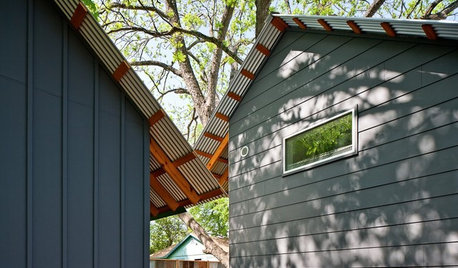
REMODELING GUIDESFiber Cement Siding Takes a Front Seat
Not just a wood or vinyl substitute, fiber cement is a stellar siding choice in its own right for modern home exteriors
Full Story
REMODELING GUIDESSeal the Deal With Fiber Cement Siding
Chameleon-like, durable and low maintenance, fiber cement gives home exteriors of all shapes and styles a winning edge
Full Story
TILEEpoxy vs. Cement Grout — What's the Difference?
Grout is grout, right? Nope. Cement and epoxy versions have different appearances, durability and rules of installation
Full Story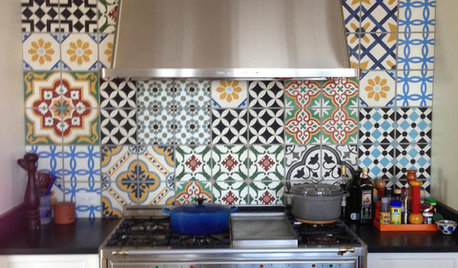
TILESo Many Reasons to Love Cement Tiles
You’ll notice their beautiful patterns right away, but cement tiles have less obvious advantages too
Full Story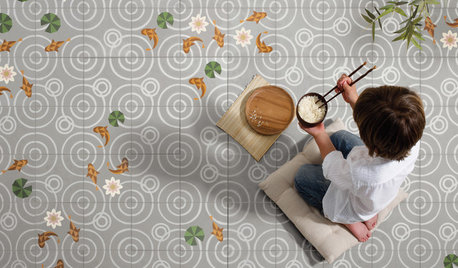
TILEWorld of Design: How Modern Geometric Designs Are Reinventing Cement
Intricate and eye-catching, the patterns of today’s cement tiles mark a break with their past while preserving an age-old technique
Full Story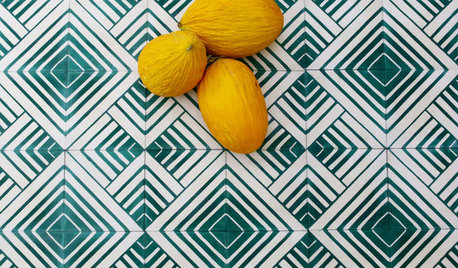
MATERIALSFloor Material: Handmade Cement Tile
Stylish, durable and customizable, this material can bring a bold pattern to your home
Full Story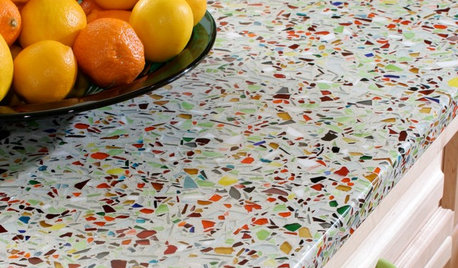
KITCHEN DESIGNKitchen Counters: Sturdy, Striking Recycled Glass With Cement
Ecofriendly and full of character, this heat- and scratch-resistant material is a great fit for custom kitchen counters
Full Story
REMODELING GUIDESWisdom to Help Your Relationship Survive a Remodel
Spend less time patching up partnerships and more time spackling and sanding with this insight from a Houzz remodeling survey
Full Story
REMODELING GUIDESContractor Tips: How to Install Tile
Before you pick up a single tile, pull from these tips for expert results
Full Story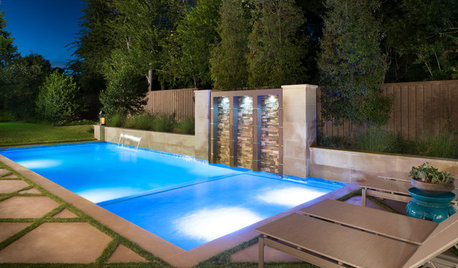
GREAT HOME PROJECTSHow to Replaster (or Remodel) Your Pool
Have an old pool? It could be time to update the plaster, landscaping and more for a pool that works swimmingly with your current style
Full Story





tehuti